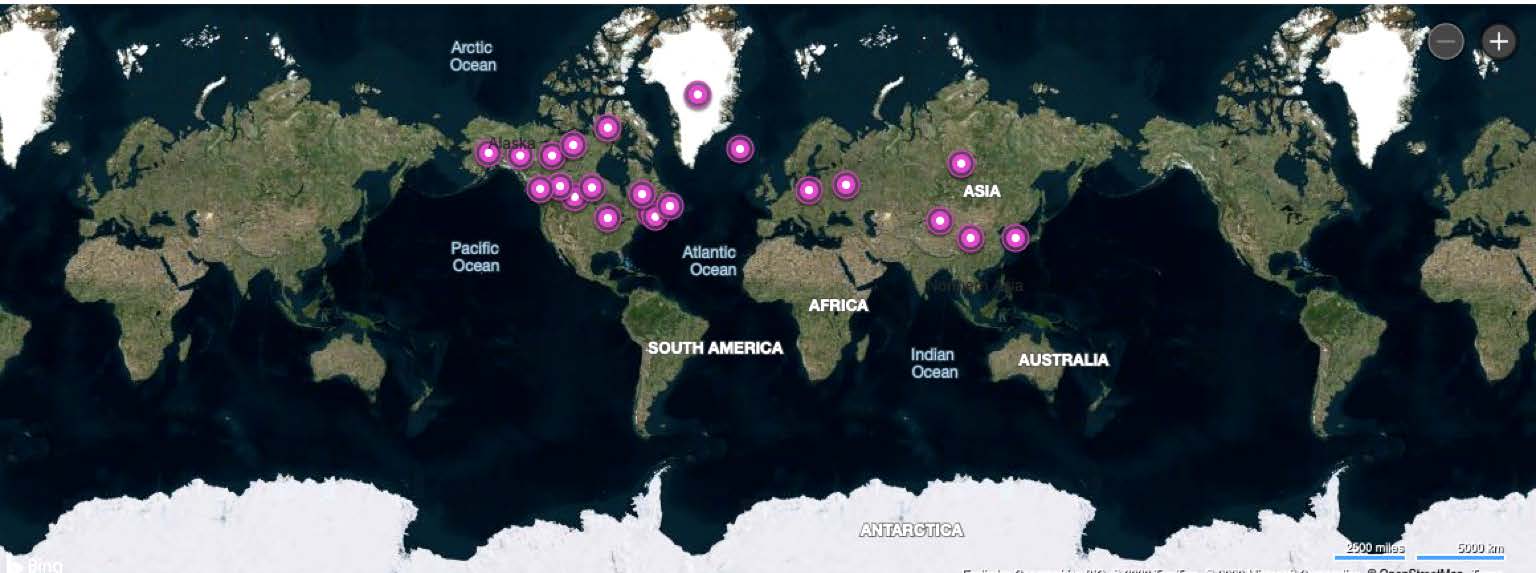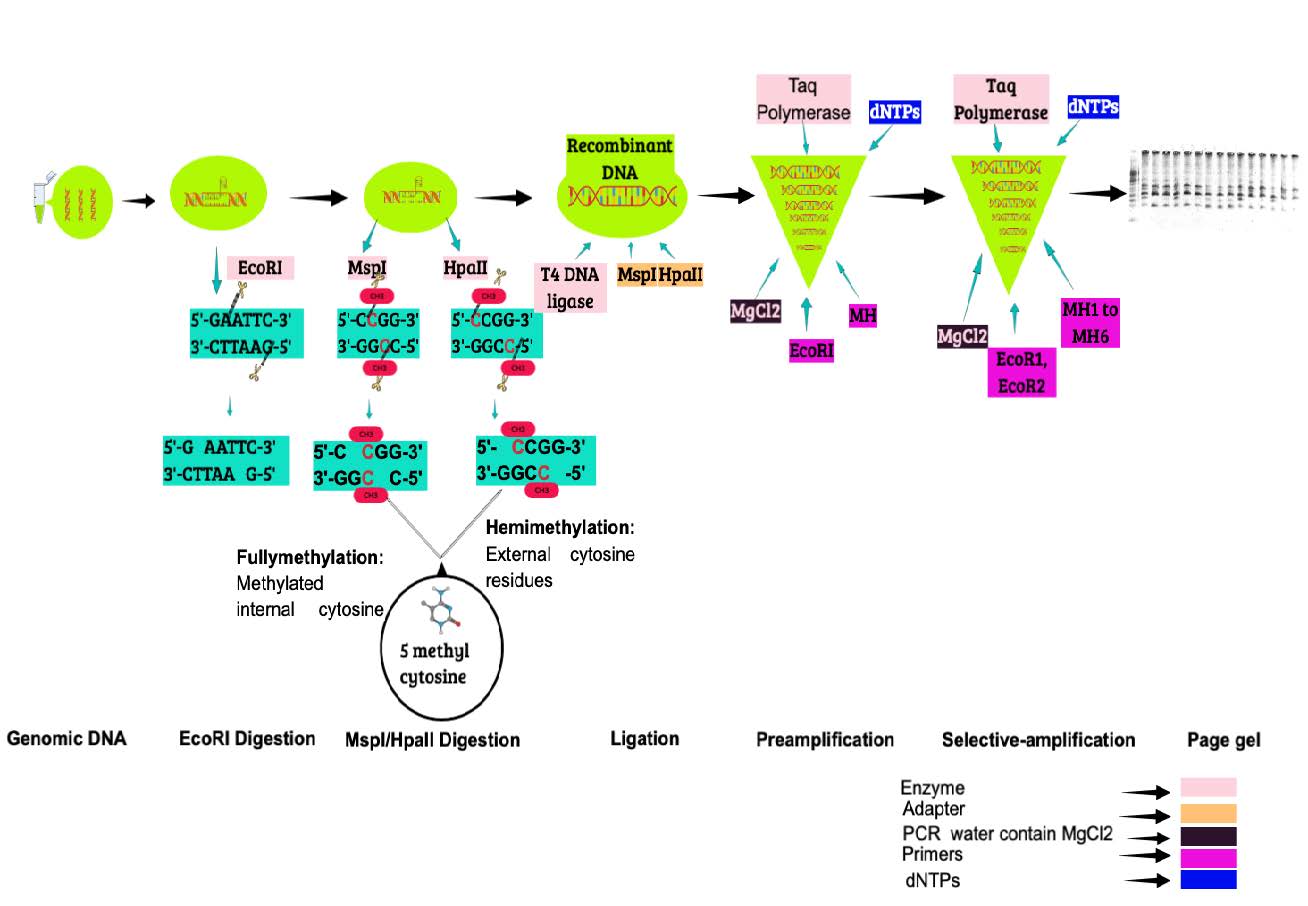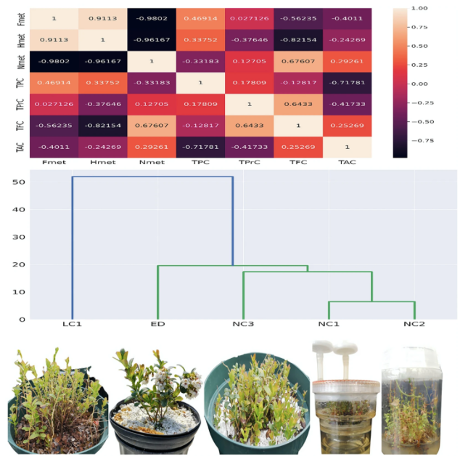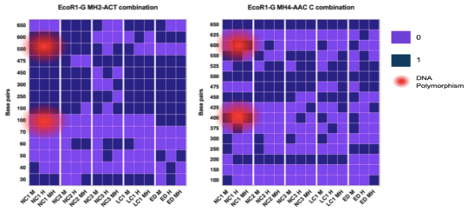Unlocking Lingonberry Secrets: Health Boosts Through Epigenomic Innovations
Published in Bioengineering & Biotechnology, Sustainability, and Genetics & Genomics
Background
Lingonberries have been cherished for centuries among indigenous communities all over the world, both for their delicious fruit and their medicinal properties. It is not just useful; also pretty, often used in landscaping (See Figure 1).

These berries and their leaves are powerhouses of health benefits. They can help reduce cholesterol, prevent rheumatic diseases, and protect against hepatitis C, kidney and bladder infections. They’ve even been used in treatments for Alzheimer's disease. You can consume the raw fruit or turn them into all sorts of tasty treats like juices, wines, pastries, sauces, jams, jellies, ice creams, cocktails, and desserts.
To grow lingonberries efficiently within a year, we use a method called micropropagation. This is a fancy term for growing new plants from tiny pieces of the parent plant in a controlled environment. This method ensures a steady nutrient supply for the growth and development of these valuable plants. Lingonberries are rich in beneficial compounds like phenolics, flavonoids, and proanthocyanidins. Young leaves can contain up to 1,740 mg/kg anthocyanin, with 58% of total organic biomass phenolic content in leaves, 48% in stems, and 79% in fruits. Lingonberries have high antioxidant and antimicrobial activity, particularly in the fruit, while flavonoid content in leaf tissues ranges from 27% to 42%.
Epigenetic variation refers to changes in the DNA that don't alter the DNA sequence itself. It involves the addition of a methyl group to the DNA, which can affect in phenotypic expression; how genes are expressed without changing the genetic code. Think of it like adding notes to a musical score—the notes don't change the original sheet music, but they can alter the performance.
In plants, these changes happen through DNA methylation and modifications of histone proteins, which are like spools around which DNA is wrapped. DNA methylation can be active, meaning it's directly influenced by gene activity, or passively regulated over time as cells replicate. Removing these methyl groups, a process called demethylation, can also happen actively, via enzymes, or passively during cell division.
The term "epigenetic" was first introduced by Waddington. In plants, methylation occurs at specific sites on the DNA, such as CG, CHG, and CHH (where H can be A, T, or C). These methylation patterns can be crucial, especially in large transposons, which are segments of DNA that can move around the genome.
Epigenetic studies are vital for agriculture because they can help us understand how to breed plants that are more adaptable to changing environments. In the lab, or in vitro, plants can exhibit significant epigenetic variations, making it possible to develop new and diverse plant varieties without using genetic modification techniques. Stability in these methylation patterns has been observed between plants grown in lab conditions and those grown normally, suggesting a long-lasting "memory" of these changes.
Several methods exist to analyze DNA methylation, such as MSAP, bisulphite sequencing, and others. MSAP is sensitive to specific methylation sites and involves cutting DNA with enzymes that recognize these methylation patterns (See Figure 2 and Figure 4).

For the first time, our research shows that zeatin, a plant hormone, can induce DNA methylation and influence the production of beneficial compounds in lingonberry plants grown both in lab and natural conditions. This discovery is important for understanding how these epigenetic changes affect plant metabolism and could be used to enhance the genetic quality of Vaccinium species, like lingonberries (See Figure 3 and Figure 4).


Summary:
For the past seven years, I've been diving deep into researching lingonberries to help Canadian berry growers with large-scale cultivation. Lingonberries, native to northern Canada, are cherished in the berry industry. These berries and their leaves are packed with health benefits, including anti-inflammatory, antibacterial, and anti-infectious properties, making them essential for indigenous communities. Eating lingonberries can protect against kidney, liver, urinary disorder and cardiovascular diseases.
My research has uncovered that epigenetic changes, like DNA methylation, play a big role in how lingonberries grow and develop their healthful compounds. I discovered that a plant hormone called zeatin boosts DNA methylation, especially in lab-grown (tissue-cultured) plants. To understand this better, I grew new plants from a parent plant in different conditions and found that those grown from leaf cultures had the highest DNA methylation and the most beneficial compounds, which are great for health. Using advanced techniques like MS spectrometry and MSAP assays, I showed that these DNA changes affect the plants’ chemistry and physical traits, providing insights for sustainable lingonberry farming.
In our study, we found that growing new plants in a lab (micropropagation) boosts the beneficial compounds in lingonberries. This effect varies depending on the plant's genetic makeup, but overall, plants grown from leaf cultures in greenhouses had the best results. Our research also highlighted that these greenhouse-grown, lab-propagated plants have unique characteristics and significant differences in their traits.
We've built a comprehensive data library on lingonberry genetics, which will help us understand the plant's origins, evolution, and classification. This information will identify various epigenetic changes, called epimutations, and highlight health-promoting lingonberry plants grown from tissue culture. Clearly, DNA methylation, a crucial epigenetic modification, will be vital in meeting the growing demand for high-quality, commercially produced lingonberries.
This research has been performed under the supervision of Dr. Samir C. Debnath (St. John’s research and development center-AAFC) and Professor Abir U. Igamberdiev (Memorial University of Newfoundland, Department of Biology).
https://doi.org/10.1038/s41598-022-16530-7
Follow the Topic
-
Scientific Reports

An open access journal publishing original research from across all areas of the natural sciences, psychology, medicine and engineering.
What are SDG Topics?
An introduction to Sustainable Development Goals (SDGs) Topics and their role in highlighting sustainable development research.
Continue reading announcementRelated Collections
With Collections, you can get published faster and increase your visibility.
Reproductive Health
Publishing Model: Hybrid
Deadline: Mar 30, 2026
Women’s Health
Publishing Model: Open Access
Deadline: Feb 14, 2026

Please sign in or register for FREE
If you are a registered user on Research Communities by Springer Nature, please sign in
Marvelous detailed works with passion
Thank you Prof. Hendry. Your research area is also very interesting and innovative.